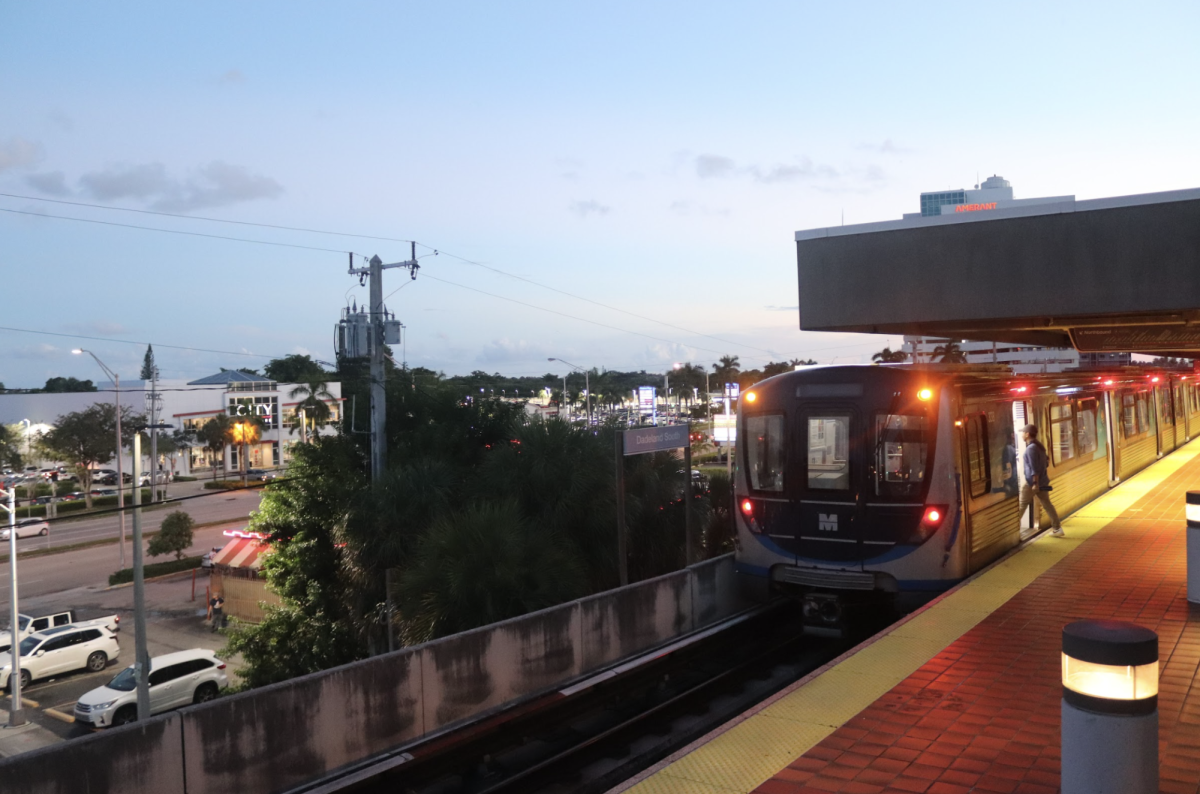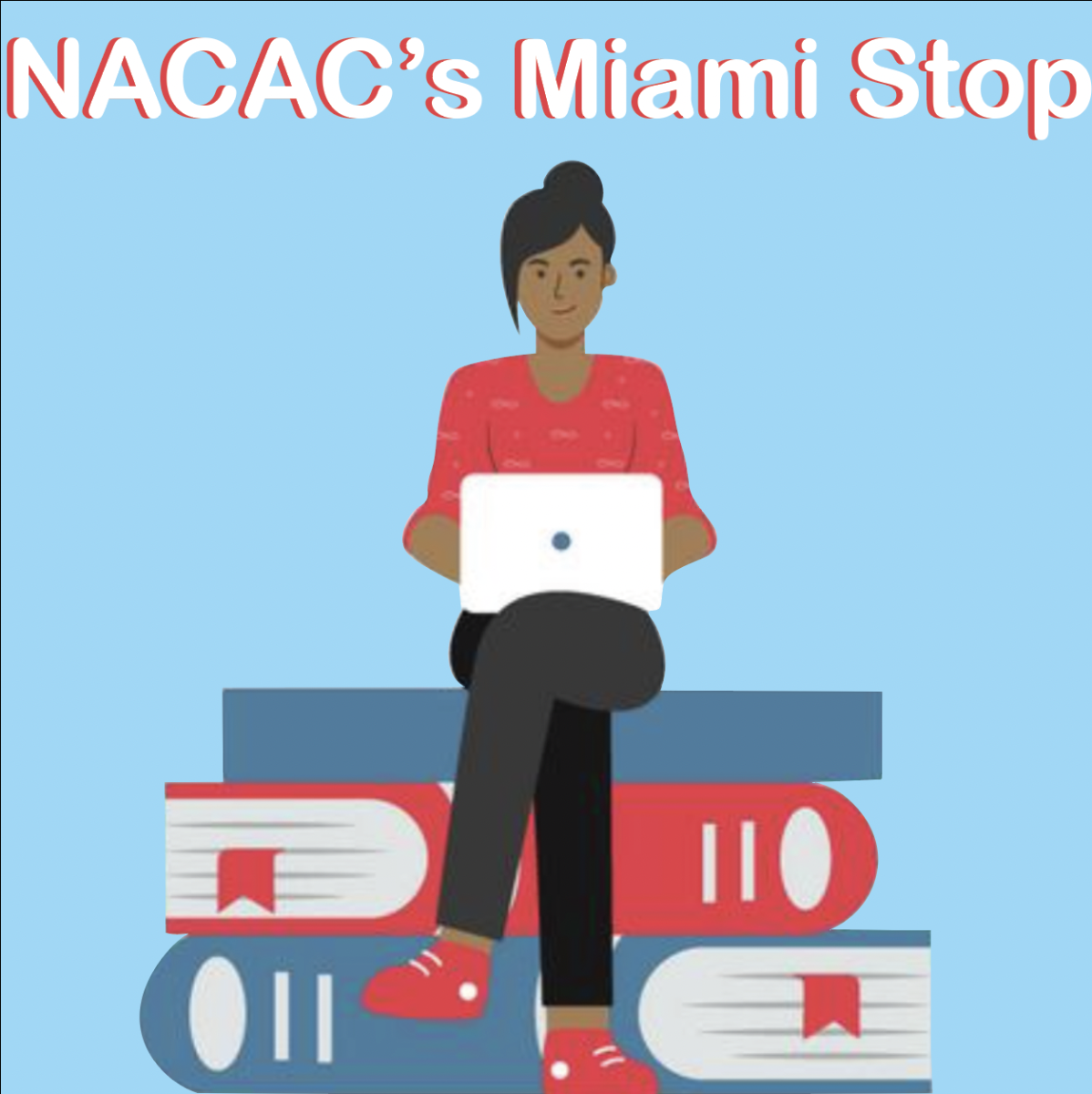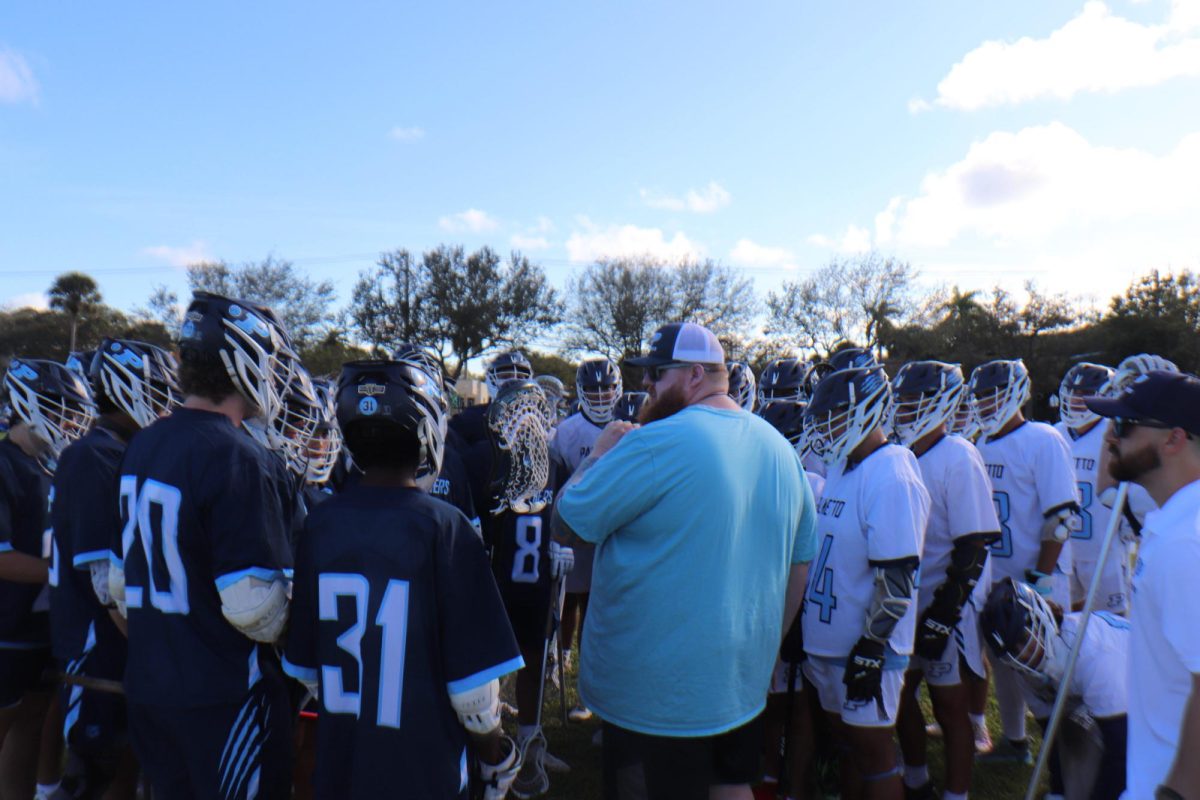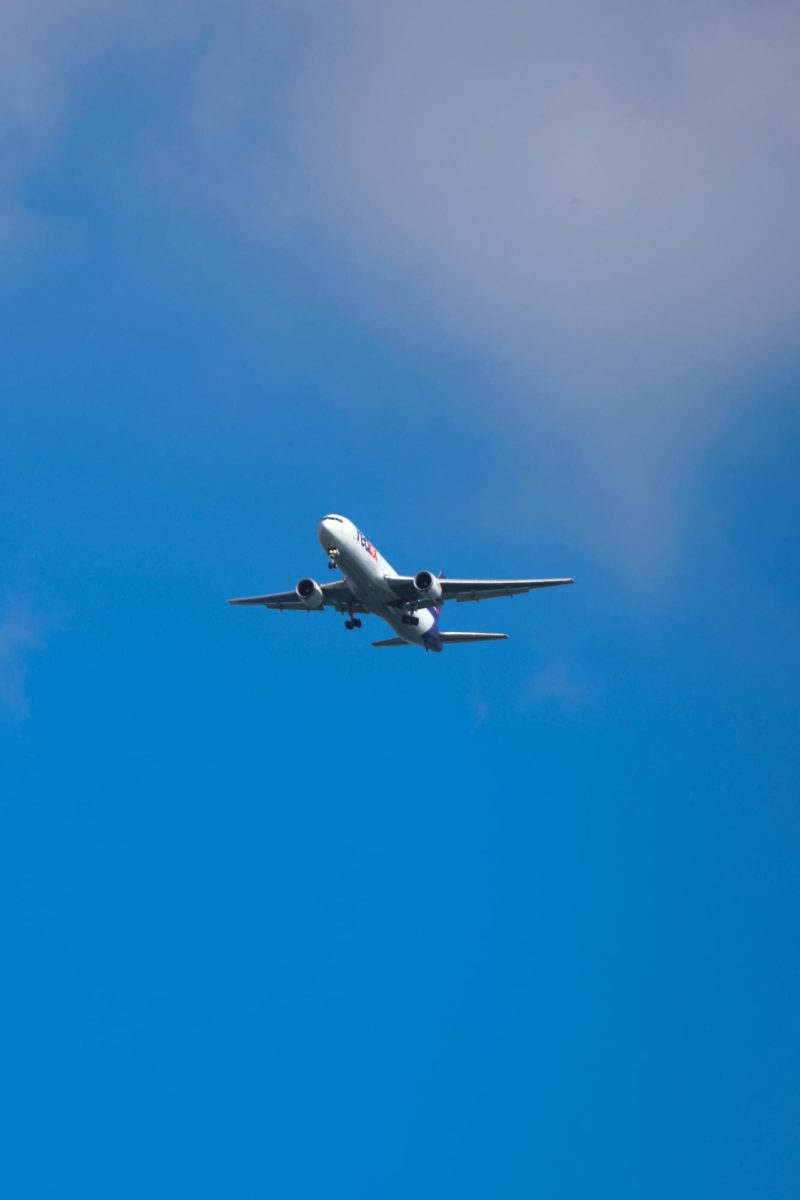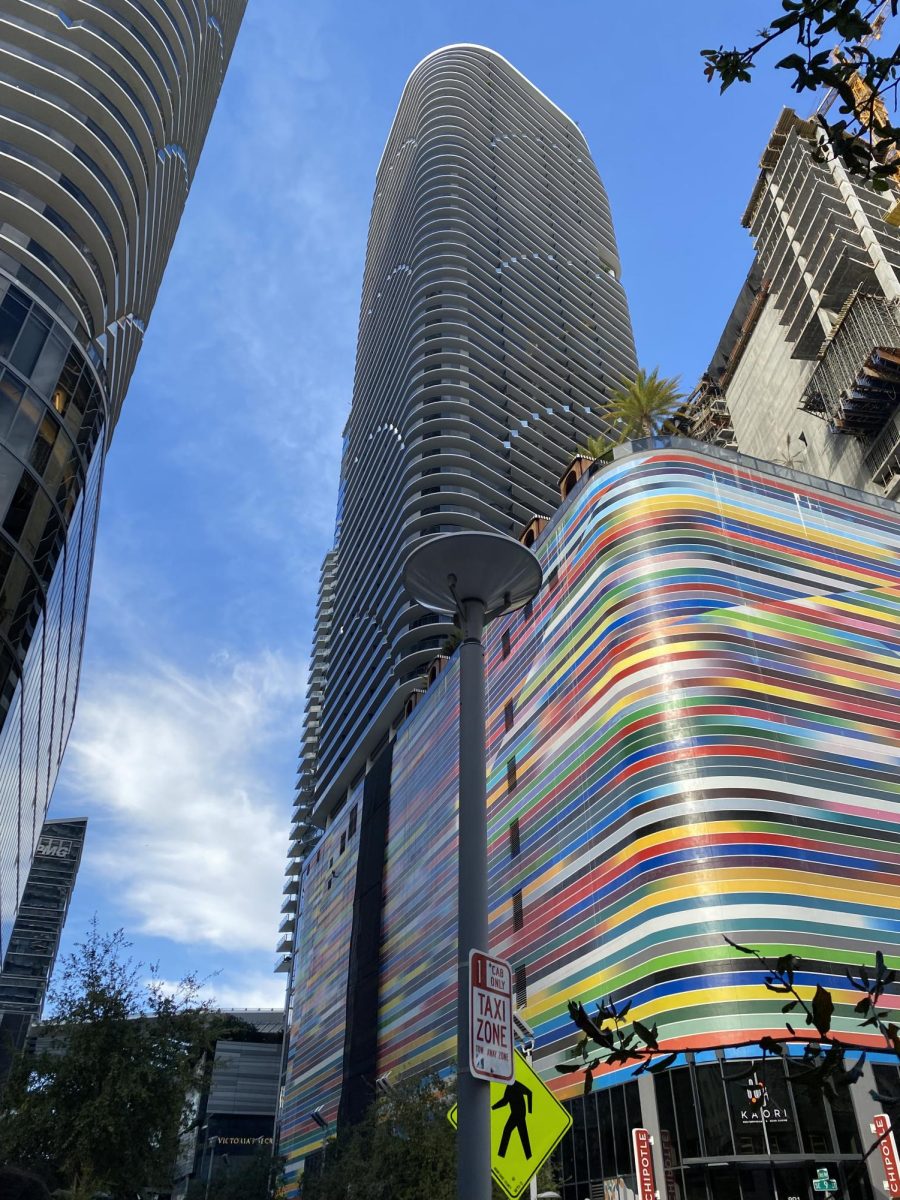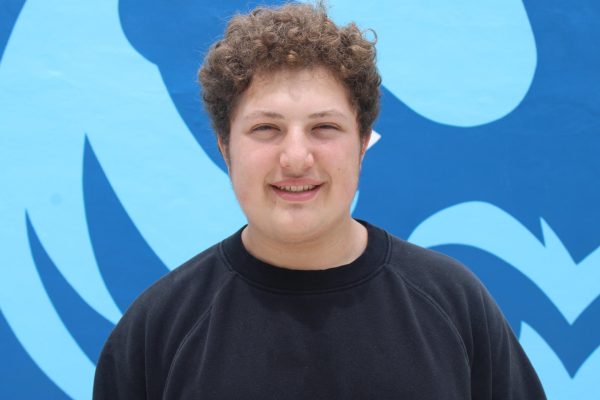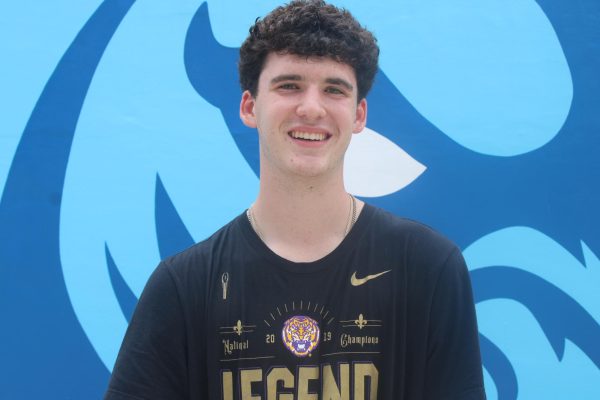On May 20, 1984, the Miami Metrorail opened to the public. 150,000 riders stormed the new transit system, sparking hope that, despite criticism from politicians like Ronald Reagan, the system was on track to someday hit its projected goal of 200,000 riders per day. However, these numbers quickly decreased, and by the end of the year, there were only 6,000 daily trips on the system. Over the last few decades, the system’s ridership has fluctuated but has never met original expectations.
“Most recently COVID has been something that has negatively affected ridership,” Transit Alliance of Miami Co-Executive Director Cathy Dos Santos said.
Many people have not gone back into their offices since the start of COVID-19. Along with long-term trends, such as the increased use of ride-share apps, have contributed to the recent drop in ridership. In 2019, about 65,000 riders used the Metrorail daily. As of July, the average daily ridership sits at about 42,000.
“The reality is Metrorail frequencies aren’t high enough during critical times such as weekends and after hours,” Dos Santos said.
The Metrorail runs every 5-1 minutes during weekdays, but these frequencies drop to 30 minutes late at night and on weekends. Service also ends at 12 a.m., which Dos Santos argued was too early. Another contributing issue is that Miami’s population has doubled in the last 40 years, and the Metrorail has not expanded with the growth of the city. Of the original 53-mile system that was planned, only 24 miles have been built.
Dos Santos also stressed the importance of last-mile connections. These are connections that allow people to travel from the main transit stations to their homes or places of employment.
“We are still lacking micro-mobility here in Dade-county,” Dos Santos said. “If we have an accessible way to get to major roadways and Metrorail stops like a shaded sidewalk or protected bike lanes then it can allow for more people to use transit.”
Recently, an increase in Transit Oriented Communities, neighborhoods and business districts designed around rapid transit stations, have resulted in higher levels of walkability and public transit use. Typically, these communities use mixed zoning, making the area generally more dense.
Transit Oriented Communities are part of Miami-Dade County’s Strategic Miami Area Rapid Transit program. SMART is the county’s program to invest in key transit corridors as well as the land around them. In order to encourage development in these transit zones, Miami-Dade County provides incentives such as the ability to build denser developments and tax credits for developers who build in these areas. These developments are also required to provide a certain level of affordable housing within their developments.
“The implementation of the Rapid Transit Zones has definitely increased the amount of people wanting to develop in these areas,” Senior Director of Risk Management for the Related group Andrew Cohn said. “As a developer, the tax credits don’t completely fund it and you still have to be able to develop and keep it within budget and make sure that it doesn’t lose money. While it’s not nearly as profitable as market-rate developments or condos, if you run it well they can make money.”
New developments such as Link at Douglas have been springing up across the Metrorail Corridor. Vizcaya Metrorail Station has seen a nearly 20% uptick in the amount of destinations within a 30-minute walking distance.
The larger SMART plan calls for the expansion of multiple transit corridors such as a Bus Rapid Transit line to Florida International University and an extension of the Metrorail north to the Hard Rock Stadium.
While Miami has witnessed many past transit plans never being followed through, Dos Santos stresses the importance of investing in transit.
“Whether it’s commissioners, local government or taxpayers who want to see it perform at higher levels in order to invest in it further, the system won’t, if it only serves the narrow area it does currently,” Dos Santos said. “It’s like the chicken and the egg and something is going to have to give if we want to break this cycle.”



